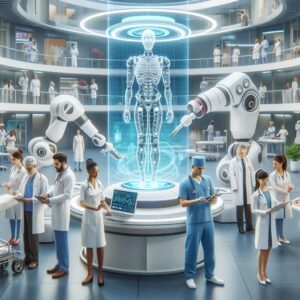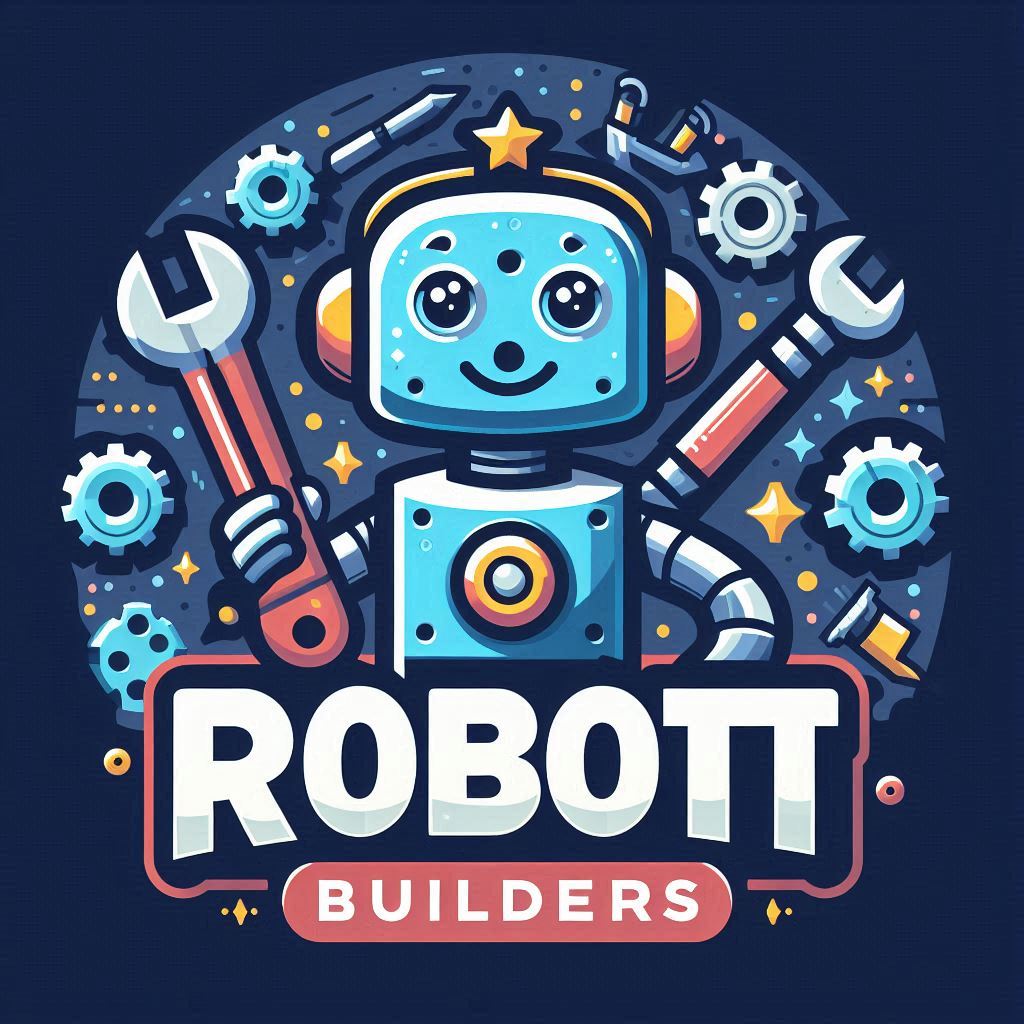The year 2025 marks a transformative era in healthcare, with robotics playing a pivotal role in revolutionizing patient care, diagnostics, and medical procedures. From surgical precision to patient rehabilitation, robots are reshaping the healthcare landscape, making it more efficient, accessible, and innovative.

Introduction: Robotics in Healthcare
Robotics in healthcare is no longer a futuristic concept—it’s a reality that’s redefining how medical services are delivered. With advancements in artificial intelligence (AI), machine learning, and automation, robots are enhancing the quality of care while addressing challenges like workforce shortages and rising healthcare demands.
1. Revolutionizing Surgical Procedures
Precision and Minimally Invasive Surgeries
Robotic-assisted surgeries have become a cornerstone of modern medicine. In 2025, robots equipped with AI and real-time imaging are enabling surgeons to perform complex procedures with unparalleled precision.
- Benefits:
- Smaller incisions and reduced recovery times.
- Enhanced accuracy, minimizing risks and complications.
- Shorter hospital stays, reducing healthcare costs.
2. Enhancing Patient Care and Rehabilitation
Assistive Robots
Robots designed for patient care are improving the quality of life for individuals with disabilities or chronic conditions. From robotic exoskeletons aiding mobility to smart wheelchairs, these innovations are empowering patients to regain independence.
Rehabilitation Robots
In 2025, rehabilitation robots are leveraging AI to adapt to patients’ progress, providing personalized therapy sessions that accelerate recovery.
3. Streamlining Hospital Operations
Service Robots
Hospitals are increasingly relying on service robots to handle repetitive tasks like delivering medications, sanitizing rooms, and transporting supplies. This automation allows healthcare staff to focus on patient care.
Administrative Efficiency
Robots are also streamlining administrative tasks, such as scheduling appointments and managing patient records, enhancing overall efficiency.
4. Advancing Diagnostics and Early Detection
AI-Powered Diagnostic Robots
Robots equipped with AI are revolutionizing diagnostics by analyzing vast amounts of medical data with speed and accuracy. In 2025, these robots are:
- Detecting diseases at early stages.
- Assisting radiologists in interpreting medical images.
- Reducing diagnostic errors, improving patient outcomes.
5. Addressing Workforce Challenges
With global healthcare systems facing workforce shortages, robots are stepping in to fill critical gaps. By automating routine tasks and supporting medical professionals, robotics is alleviating pressure on healthcare workers while ensuring consistent care delivery.
6. Expanding Access to Remote Healthcare
Telepresence Robots
Telepresence robots are bridging the gap between patients and healthcare providers, especially in remote or underserved areas. These robots enable virtual consultations, remote monitoring, and even remote surgeries, making healthcare more accessible.
Conclusion: The Future of Healthcare
The impact of robotics on healthcare in 2025 is profound, driving innovation and improving patient outcomes. By enhancing surgical precision, streamlining operations, and expanding access to care, robots are addressing some of the most pressing challenges in modern medicine. As technology continues to evolve, the integration of robotics in healthcare promises a future where medical services are more efficient, personalized, and inclusive.
